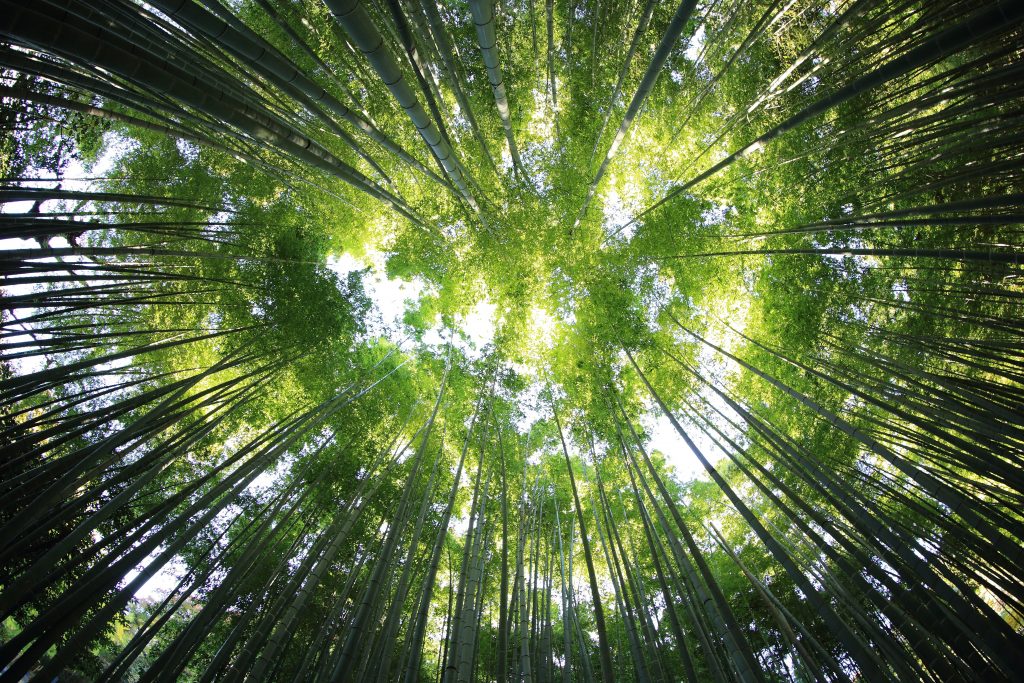
About Our guest
Dr. Kebreab Ghebremichael is an Associate Professor of Instruction at the Patel College of Global Sustainability and has a courtesy appointment at the Department of Civil and Environmental Engineering at USF. Dr. Kebreab has published one book, 4 book chapters and more than 20 peer-reviewed journal papers. He received a Global Achievement Award at USF plus a prestigious Carnegie African Diaspora Fellowship award. His expertise is in water and wastewater treatment.
The state of water and wastewater at global and local levels
Most of the water we have on the planet is salt water. Only 3% of our planet is freshwater, this is used for our drinking water, and other public uses. Also, a lot of the water that we use is used towards our lawns. As the economy grows the demand for water increases as well. We are facing a huge shortage of water and in some studies, it shows there is about a 40% shortage of it. In some countries they are facing bigger problems like not getting any water at all, in other places they use rainwater for their source of water. A report in 2022 shows that 1.2 billion people lack basic service water and about 2.8 billion people lack basic sanitation. The supply is limited financially right now as the demand continues to grow.
The future of water
There are a lot of efforts being made to address the big problems that we are facing with water. In many states like California, they are trying to reuse their wastewater. We have the technology to clean the water for others who are experiencing these shortages. In the future desalination will make water treatment cheaper overtime. Honestly, we need to change our behavior when it comes to the usage of water. We can improve our water usage by regulations of the use of water, for example, make sure if you have irrigation you have water monitoring system that shuts off the water when it’s raining. The future depends on educating all generations and especially younger ones about their water usage and how to conserve.
How Biosand Filtration works
The top is a biological layer. It consists of an organic matter of microorganisms. The sand is the middle layer, making sure it has the right grit (not to small not to big). Make sure to clean the sand so that it filters the water better. The bottom of the Biosand Filtration has a gravel layer. It takes a half an hour to drain 5 gallons of water.
To hear more from Dr. Kebreab Ghebremichael watch his YouTube video: https://www.youtube.com/watch?v=duB7ZDsfrCw&t=1s
Click below to listen to this weeks show!
Tune in next Monday morning at 11 where we will be talking with David Himmelfarb who is director of the Farm at Eckerd College. Remember if you are looking for someone to save the world – look in the mirror.















